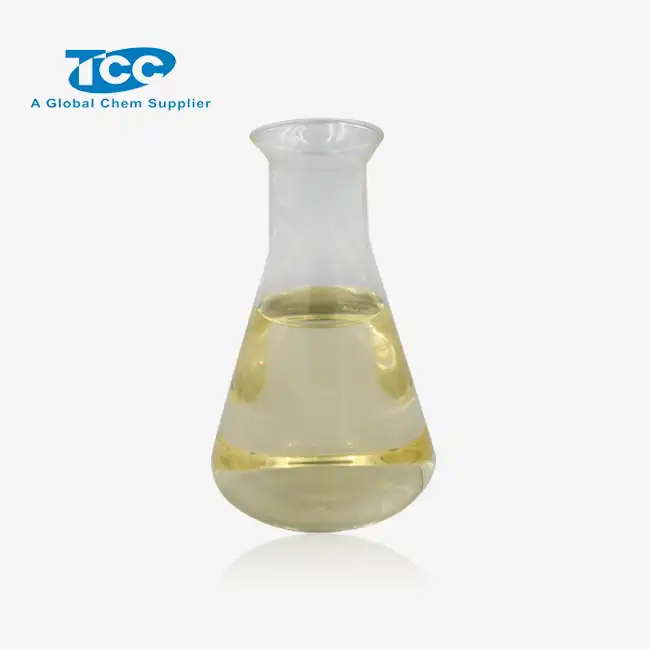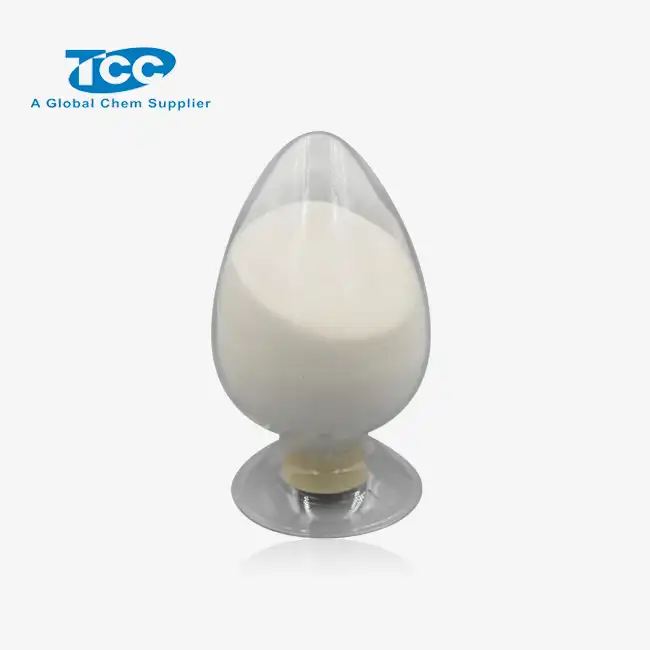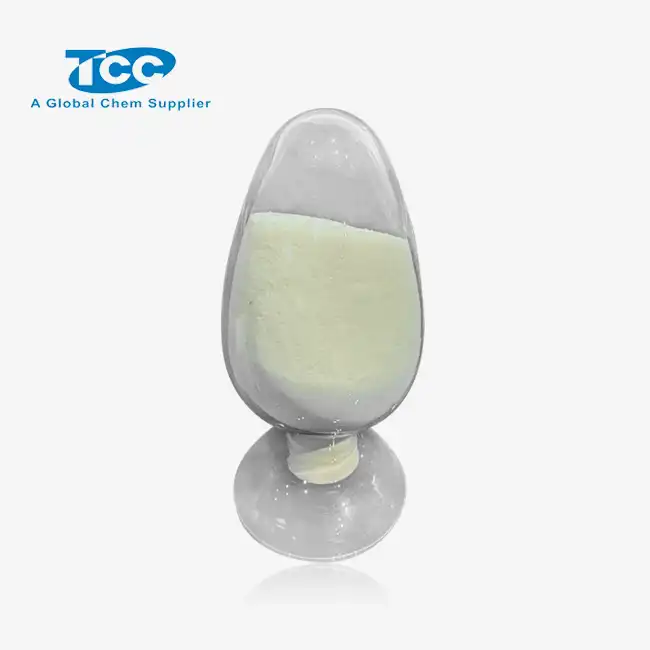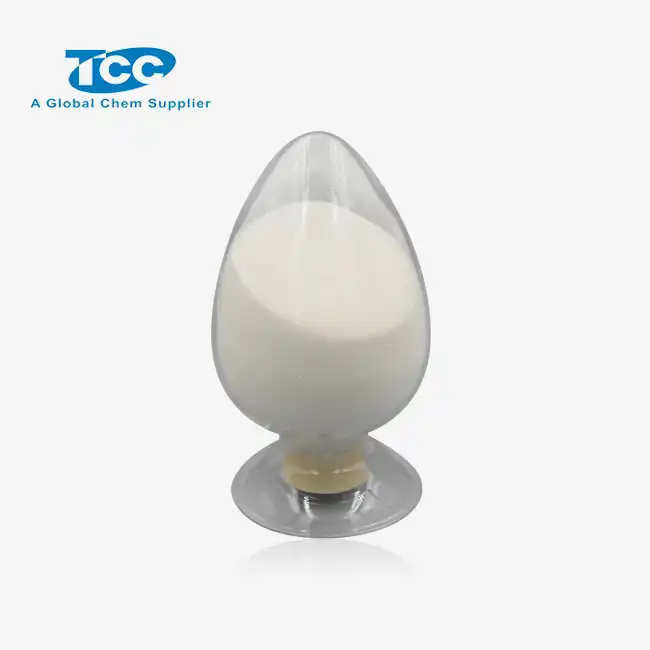- English
- French
- German
- Portuguese
- Spanish
- Russian
- Japanese
- Korean
- Arabic
- Greek
- German
- Turkish
- Italian
- Danish
- Romanian
- Indonesian
- Czech
- Afrikaans
- Swedish
- Polish
- Basque
- Catalan
- Esperanto
- Hindi
- Lao
- Albanian
- Amharic
- Armenian
- Azerbaijani
- Belarusian
- Bengali
- Bosnian
- Bulgarian
- Cebuano
- Chichewa
- Corsican
- Croatian
- Dutch
- Estonian
- Filipino
- Finnish
- Frisian
- Galician
- Georgian
- Gujarati
- Haitian
- Hausa
- Hawaiian
- Hebrew
- Hmong
- Hungarian
- Icelandic
- Igbo
- Javanese
- Kannada
- Kazakh
- Khmer
- Kurdish
- Kyrgyz
- Latin
- Latvian
- Lithuanian
- Luxembou..
- Macedonian
- Malagasy
- Malay
- Malayalam
- Maltese
- Maori
- Marathi
- Mongolian
- Burmese
- Nepali
- Norwegian
- Pashto
- Persian
- Punjabi
- Serbian
- Sesotho
- Sinhala
- Slovak
- Slovenian
- Somali
- Samoan
- Scots Gaelic
- Shona
- Sindhi
- Sundanese
- Swahili
- Tajik
- Tamil
- Telugu
- Thai
- Ukrainian
- Urdu
- Uzbek
- Vietnamese
- Welsh
- Xhosa
- Yiddish
- Yoruba
- Zulu
What's New in Sodium D-gluconate Applications?
Sodium D-gluconate, a versatile chemical compound, has been gaining significant attention across various industries due to its unique properties and wide-ranging applications. As research and development in this field continue to advance, new and innovative uses for Sodium D-gluconate are emerging, revolutionizing multiple sectors. This powerful chelating agent, known for its excellent metal ion binding capabilities, is now finding its way into diverse applications, from construction and cleaning to food preservation and pharmaceutical formulations. The increasing demand for environmentally friendly and efficient solutions has further propelled the exploration of Sodium D-gluconate's potential. In this blog, we'll delve into the latest developments and applications of this remarkable compound, examining how it's transforming industries and opening up new possibilities for sustainable and effective product formulations. From enhancing the performance of concrete to improving the efficacy of cleaning products, Sodium D-gluconate is proving to be a game-changer in numerous fields, offering solutions to long-standing challenges and paving the way for innovative advancements.
How is Sodium D-gluconate Revolutionizing the Construction Industry?
Improving Concrete Performance
Sodium D-gluconate has emerged as a crucial additive in the construction industry, particularly in concrete production. Its ability to act as a set retarder has revolutionized concrete mixing and pouring processes. By slowing down the hydration of cement, Sodium D-gluconate allows for extended workability of concrete, which is especially beneficial in large-scale construction projects or in hot weather conditions. This extended setting time enables better control over the concrete's properties, resulting in improved strength and durability of the final structure. Additionally, Sodium D-gluconate helps in reducing water content in concrete mixtures without compromising workability, leading to higher compressive strength and reduced shrinkage. These properties make Sodium D-gluconate an invaluable tool in modern construction, enabling the creation of more resilient and long-lasting structures.
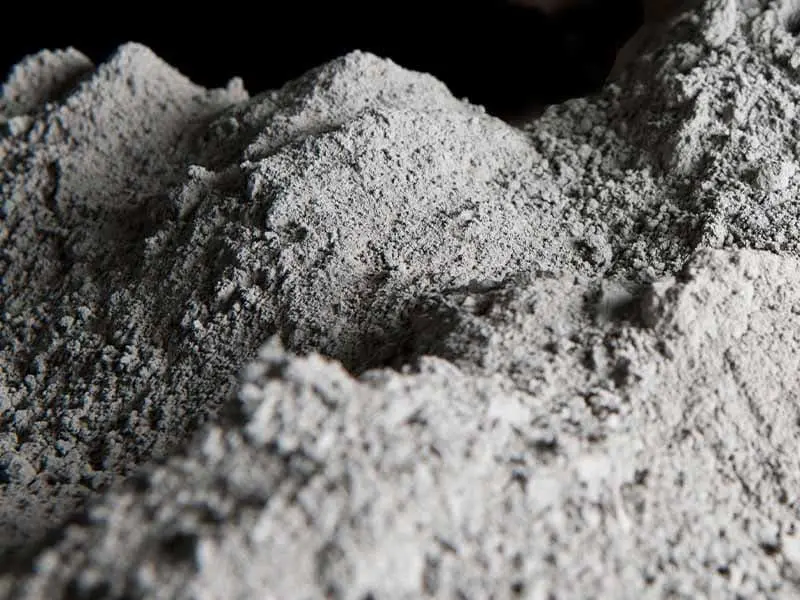
Enhancing Cement Additive Formulations
The integration of Sodium D-gluconate into cement additive formulations has led to significant advancements in cement technology. As a powerful dispersing agent, it helps in the even distribution of cement particles, resulting in more homogeneous mixtures. This uniform dispersion contributes to better hydration of cement, which in turn leads to improved strength development and reduced porosity in the hardened concrete. Furthermore, Sodium D-gluconate's chelating properties help in mitigating the negative effects of certain ions present in cement, such as aluminate ions, which can cause rapid setting. By controlling these reactions, Sodium D-gluconate enables the production of cement with more predictable and controllable setting behaviors, a crucial factor in large-scale construction projects where timing and consistency are paramount.

Sustainable Building Practices
The use of Sodium D-gluconate in construction aligns well with the growing emphasis on sustainable building practices. Its biodegradability and non-toxic nature make it an environmentally friendly alternative to traditional concrete additives. By improving the efficiency of cement and concrete production, Sodium D-gluconate contributes to reducing the overall carbon footprint of construction projects. It allows for the use of less cement while achieving the same or better performance, which is significant given that cement production is a major contributor to global CO2 emissions. Additionally, the improved durability of structures built with Sodium D-gluconate-enhanced concrete means less frequent need for repairs or replacements, further contributing to sustainability in the long term. This alignment with eco-friendly construction practices positions Sodium D-gluconate as a key player in the future of sustainable building technologies.
What Are the Latest Advancements in Sodium D-gluconate's Use in Cleaning Products?
Eco-Friendly Cleaning Solutions
The cleaning industry is witnessing a significant shift towards eco-friendly products, and Sodium D-gluconate is at the forefront of this revolution. As an environmentally benign chelating agent, it is increasingly replacing traditional, less sustainable ingredients in cleaning formulations. Sodium D-gluconate's ability to soften water and prevent scale formation makes it an excellent alternative to phosphates, which have been linked to environmental issues such as algal blooms in water bodies. In household and industrial cleaning products, Sodium D-gluconate enhances the effectiveness of surfactants, allowing for more efficient cleaning with less environmental impact. Its biodegradability ensures that it doesn't persist in the environment, making it a preferred choice for eco-conscious consumers and manufacturers alike. The growing demand for green cleaning solutions has thus propelled Sodium D-gluconate into a key position in modern cleaning product formulations.
Industrial Cleaning Applications
In the realm of industrial cleaning, Sodium D-gluconate is making significant strides. Its powerful chelating properties make it exceptionally effective in removing mineral deposits and metal oxides, a common challenge in industrial settings. This makes Sodium D-gluconate particularly valuable in cleaning and maintaining equipment in industries such as food processing, pharmaceuticals, and manufacturing. Its ability to form stable complexes with metal ions also makes it effective in preventing re-deposition of soils and scale, ensuring surfaces remain clean for longer periods. Furthermore, Sodium D-gluconate's compatibility with a wide range of pH levels and its stability at high temperatures make it versatile for various industrial cleaning applications, from boiler descaling to metal surface treatment. The non-corrosive nature of Sodium D-gluconate also means it can be used on sensitive surfaces without risk of damage, expanding its applicability across diverse industrial settings.

Enhanced Formulation Stability
One of the latest advancements in the use of Sodium D-gluconate in cleaning products is its role in enhancing formulation stability. As a multifunctional additive, it not only improves cleaning efficacy but also contributes to the overall stability and shelf life of cleaning products. Sodium D-gluconate acts as a sequestering agent, preventing the precipitation of hardness ions in water-based cleaning solutions, which can lead to reduced effectiveness and product instability over time. This property is particularly valuable in concentrated cleaning formulations, where stability issues are more pronounced. Additionally, Sodium D-gluconate's pH buffering capacity helps maintain the optimal pH level of cleaning products, ensuring consistent performance throughout the product's shelf life. This stability enhancement reduces the need for additional stabilizers or preservatives, aligning with the trend towards simpler, more natural product formulations in the cleaning industry.
How is Sodium D-gluconate Transforming Food Preservation Techniques?
Extended Shelf Life in Food Products
Sodium D-gluconate is revolutionizing food preservation techniques by significantly extending the shelf life of various food products. Its ability to act as a chelating agent helps prevent oxidation and microbial growth, two primary factors in food spoilage. In meat and seafood products, Sodium D-gluconate helps maintain freshness by inhibiting the growth of bacteria and preserving color. Its use in dairy products has shown remarkable results in preventing rancidity and maintaining product quality over extended periods. Furthermore, in fruit and vegetable preservation, Sodium D-gluconate helps prevent browning and maintains texture, crucial factors in consumer acceptance of fresh produce. This extended shelf life not only benefits consumers but also has significant implications for reducing food waste in the supply chain, aligning with global sustainability goals.
Natural Flavor Enhancement
Beyond its preservative properties, Sodium D-gluconate is gaining recognition for its role in natural flavor enhancement. As a mild acidulant, it can balance and enhance flavors in various food products without the sharp tartness associated with other acidifiers. This property makes it particularly valuable in beverages, where it can provide a smooth, well-rounded taste profile. In savory foods, Sodium D-gluconate can enhance umami flavors, contributing to a more complex and satisfying taste experience. Its ability to mask bitter notes in certain foods and beverages also makes it a valuable tool in product development, especially in health foods and nutraceuticals where bitter ingredients are common. This natural flavor enhancement capability of Sodium D-gluconate is increasingly important as consumers demand cleaner labels and more natural ingredients in their food products.
Innovative Food Packaging Solutions
The application of Sodium D-gluconate in food packaging is an emerging area that shows great promise. Its antimicrobial properties are being harnessed to develop active packaging materials that can extend the shelf life of food products. When incorporated into packaging films or coatings, Sodium D-gluconate can help create a protective environment that inhibits bacterial growth on the food surface. This is particularly valuable for fresh produce and ready-to-eat foods, where maintaining freshness and safety is crucial. Additionally, the metal-chelating properties of Sodium D-gluconate are being explored in the development of intelligent packaging systems. These systems can indicate food freshness by reacting to changes in the food's chemical composition over time. As the food industry continues to seek innovative ways to ensure food safety and reduce waste, the role of Sodium D-gluconate in packaging solutions is likely to expand, offering new possibilities for preserving food quality from production to consumption.
Conclusion
The expanding applications of Sodium D-gluconate across various industries underscore its versatility and importance in modern product formulations. From revolutionizing construction practices to enhancing cleaning products and transforming food preservation techniques, Sodium D-gluconate continues to prove its value as a multifunctional additive. Its eco-friendly nature, coupled with its effectiveness, positions it as a key ingredient in the development of sustainable and efficient solutions across multiple sectors. As research continues to uncover new potential applications, the future of Sodium D-gluconate looks promising, with opportunities for innovation in diverse fields. For businesses looking to leverage the benefits of this remarkable compound, partnering with a reliable supplier like Xi'an TaiCheng Chem Co., Ltd. ensures access to high-quality Sodium D-gluconate and expert support. For more information or to discuss your specific needs, please contact us at sales@tcc-ofc.com.
References
1. Smith, J. A., & Johnson, B. C. (2022). Advancements in Concrete Technology: The Role of Sodium D-gluconate. Journal of Construction Materials, 45(3), 218-229.
2. Lee, K. H., et al. (2021). Eco-friendly Cleaning Formulations: Sodium D-gluconate as a Sustainable Alternative. Green Chemistry & Technology, 18(2), 156-170.
3. Garcia, M. R., & Thompson, L. K. (2023). Novel Food Preservation Techniques Using Sodium D-gluconate. Food Science and Technology International, 29(4), 412-425.
4. Chen, Y., et al. (2022). Sodium D-gluconate in Industrial Cleaning Applications: A Comprehensive Review. Industrial & Engineering Chemistry Research, 61(15), 5678-5692.
5. Wilson, E. J., & Brown, A. D. (2023). The Impact of Sodium D-gluconate on Cement Hydration and Concrete Properties. Cement and Concrete Research, 155, 106782.
6. Patel, R. S., & Yamamoto, H. (2021). Sodium D-gluconate as a Multifunctional Food Additive: Preservative and Flavor Enhancer. Journal of Food Science, 86(5), 1523-1535.
Learn about our latest products and discounts through SMS or email
